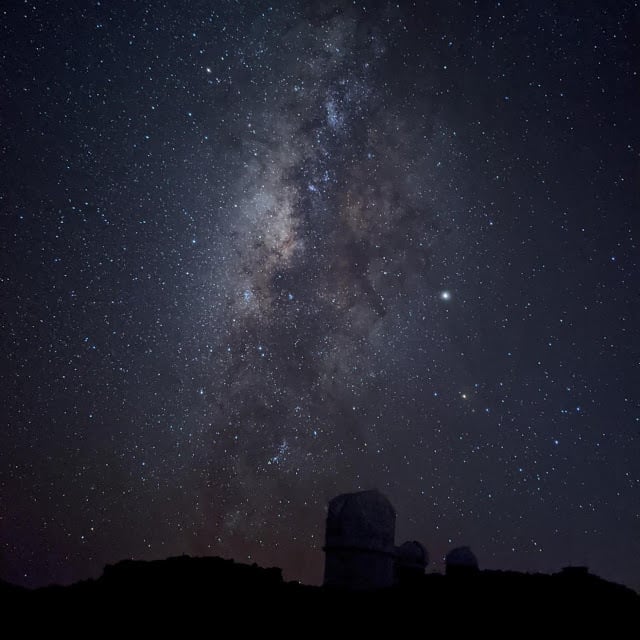In front of the iPhone’s three-camera system and several domestic “photographing gods” this year, the Pixel 4 that has been relying on algorithms to fight the world is no longer as eye-catching as before.
The “ancestor” IMX363 can only be reduced to the sub-photos of other people’s homes today, and the newly added double telephoto is not enough to see if others have been up to 3x and 5x, and it lacks practicality. More ultra-wide angle.
But there was one feature that was amazing at the press conference-astrophotography. Although the name “mobile phone that can shoot stars” has been seen on domestic mobile phones, Google has made people curious how they are implemented, which Google has done algorithmically.

To uncover these secrets, Google’s blog is the best library. Google has published many detailed articles on the blog after the Pixel 4 phone was released, and the astrophotography feature is the latest one.
Since the introduction of the Night Sight feature, Google has been researching the purpose of shooting in low light outdoor. In addition to ordinary scenes, Google realized that shooting the night sky might also be a shooting scene, and developed astrophotography for it.

One of the major enemies of dark light shooting is the problem of noise. In the case of insufficient light input, photos taken at night will appear intolerable noise. The solution is of course to increase the amount of incoming light. As for how to increase the amount of incoming light, extending the exposure time is the most direct and simple method, but the problem that comes with it is that the motion of the objects in the scene and the instability of the hand will cause blur.
The method to overcome this problem is to use multi-frame synthesis for brightening and noise reduction. After dividing the continuous exposure into multiple frames, each frame is exposed for a short time, and then the frames are aligned and the object motion in the scene is compensated Shake with the hand, and then carefully handle the places that are not perfectly aligned by the algorithm. Although a single frame may look very rough, the brightness, sharpness and purity will be greatly improved after multi-frame synthesis.
These are the things that most mobile phones will do when shooting in low light. Whether it is the night scene automatically judged by AI or manually switching the night scene mode, this is essentially the same process, but if you want astrophotography, you need More precise restrictions, such as limiting the total number of frames required, and the maximum exposure time per frame is limited to seconds.

To achieve a balance between shooting effects and shooting experience, Google has performed a lot of exposure time experiments. Just like Night Sight does, night shooting must take into account the movement of objects in the scene, such as trees swaying in the wind, clouds floating in the sky, and the moon and stars will gradually rise and fall. And the photographer did not have the patience to wait too long.
In the end, Google decided to limit the multi-frame composition of a Night Sight to 15 frames, with a maximum exposure time of 16 seconds per frame and a maximum shooting time limit of 4 minutes.
As for the thermal noise caused by dark current in CMOS itself, Google compares these abnormal noises in the screen by comparing the values of adjacent pixels in the frame sequence. Once an outlier is detected, it is replaced by the average value of its neighborhood. Hiding it, although a little bit of picture information will be lost, the resulting photo will be much purer.

In order to allow photographers to compose and judge in real time, the mobile phone screen as a viewfinder generally updates the picture at least 15 times per second and limits the exposure time to 66 milliseconds. However, in extremely dark environments, such an exposure time is simply not enough to see the picture, and the viewfinder is likely to become dark or only a little blurred image.
To help you compose in dark light, Night Sight will display each frame of the exposure on the viewfinder. The maximum 16-second exposure can clearly see the scene. Photographers can use this to compose the composition and completely Take a second photo with the adjustments.ps% 3A% 2F% 2Fwww.techradar.com% 2Fuk% 2Freviews% 2Fgoogle-pixel-4-xl-review & psig = AOvVaw00tzOqVSnU6472Hu8KHo88 & ust = 1574948562397764 “> TechRadar